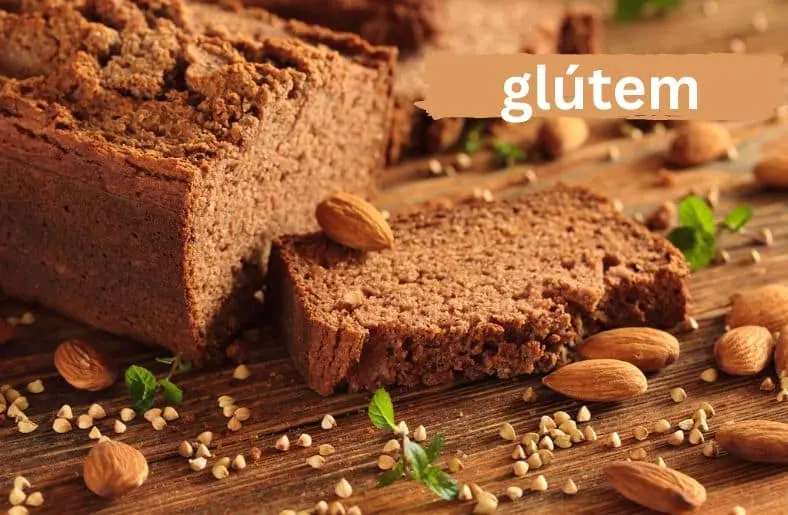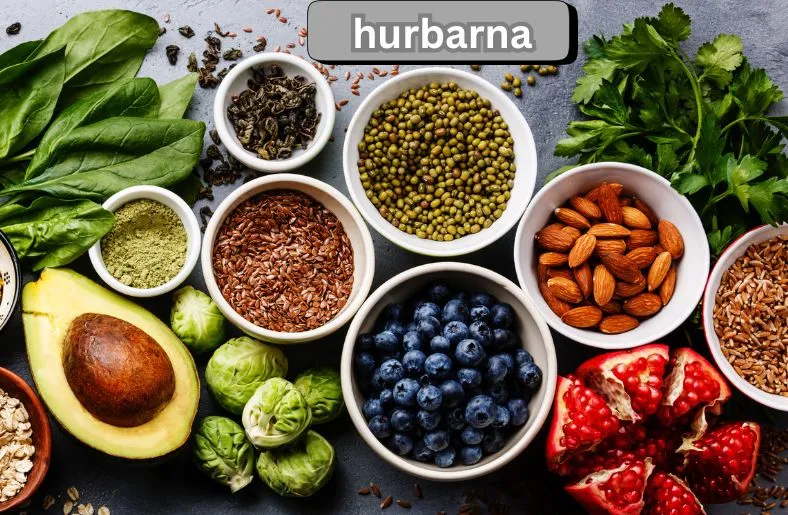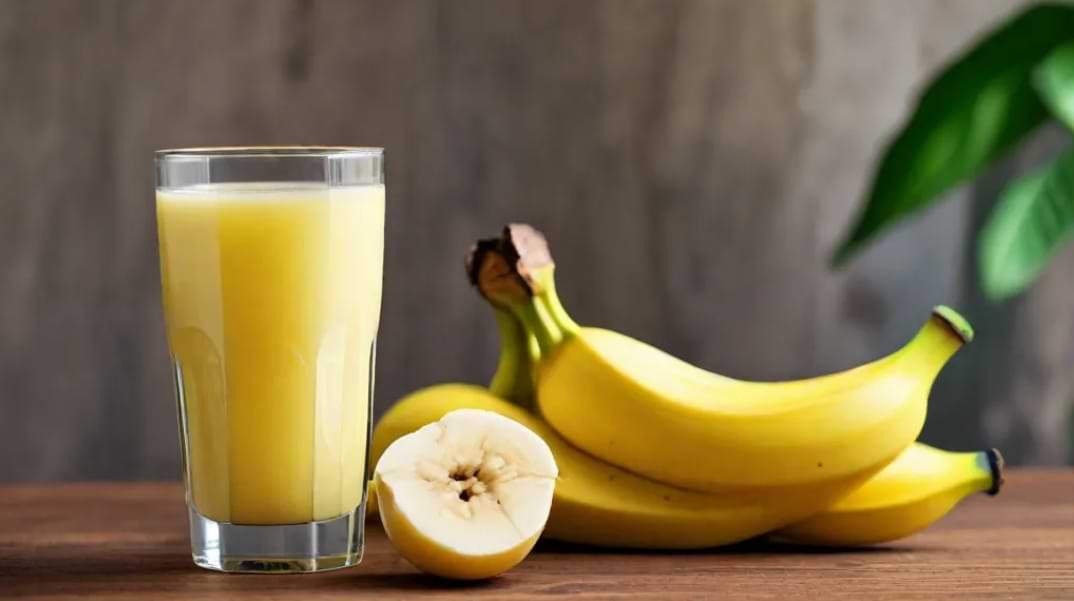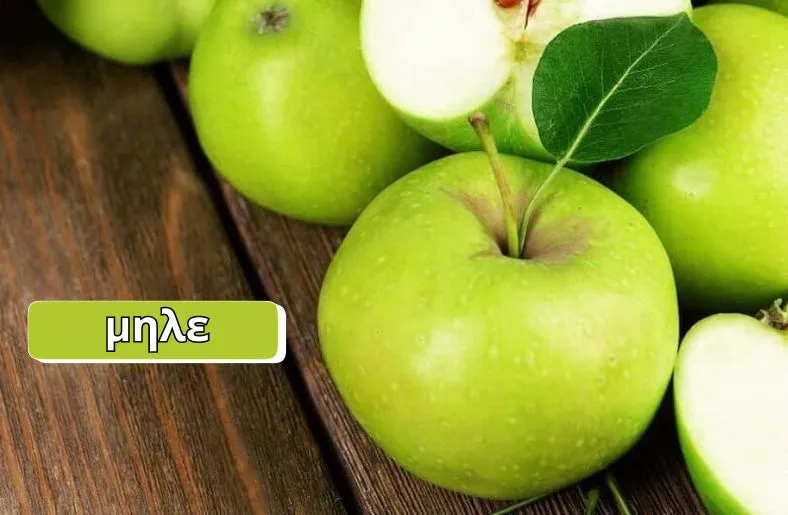Introduction
Welcome to the world of Glútem, a key player in the magic of baking. Glútem, found in wheat and other grains, creates the stretchy, chewy texture we love in bread and pastries. Today, we uncover the secrets of Glútem, its benefits, and the choices it offers for your diet.
You might wonder, ‘What is Glútem?’ Simply put, it’s a protein in grains like wheat, rye, and barley, making dough stretchy. But it’s not just about baking; Glútem brings nutrients and adds flavor to many foods.
Glútem isn’t just a simple ingredient; it’s a crucial element for bakers. It helps bread rise and gives it that perfect texture. But it’s not just about baking; Glútem is part of many everyday foods.
In this exploration, we’ll dive deep into Glútem’s role in our diets. We’ll unravel why some people avoid Glútem and the alternatives they choose. Understanding Glútem means making informed choices about what we eat.
Join us on this journey into the world of Glútem, where we’ll uncover its mysteries, explore its benefits, and help you make the right choices for your diet. Let’s dive in.
Understanding Glútem
Glútem, a protein found in wheat, rye, and barley, is crucial for baking and food texture. It’s like the glue that holds bread together, making it soft and springy.
When we eat foods with Glútem, our bodies break it down into tiny pieces. These pieces give us energy and help our bodies grow strong.
Some people’s bodies don’t like Glútem. They may feel sick after eating it. It’s like their bodies are saying, “No, thank you!” These people need to find other foods that make them feel good.
But for most people, Glútem is a friend. It’s in many foods we enjoy, like pizza, pasta, and sandwiches. It’s what makes them taste yummy and satisfying.
Glútem isn’t just about food. It’s also about traditions and culture. Different countries have special ways of using Glútem in their dishes, making them unique and delicious.
So, when we talk about Glútem, we’re talking about more than just an ingredient. We’re talking about the heart of many of our favorite foods and the joy they bring to our lives.
Understanding Glútem helps us make smart choices about what we eat. It’s about balance and finding what makes us feel happy and healthy.
Benefits of Glútem
Glútem brings many benefits to our food. It makes bread fluffy and pasta chewy. These qualities make our meals more enjoyable.
In baking, Glútem helps dough rise. It traps air bubbles, making cakes and bread soft and spongy. This makes them fun to eat.
Glútem also gives food a nice texture. It makes cookies crispy and croissants flaky. It’s like adding magic to our favorite treats.
Without Glútem, our pizzas would be flat, and our muffins would be dense. Glútem adds lightness and yumminess to everything it touches.
Glútem isn’t just about taste. It’s also good for us. It gives us energy and helps our bodies work well. It’s like fuel for our adventures.
Many foods we love, like sandwiches and burgers, rely on Glútem for their deliciousness. It’s what makes them satisfying and filling.
Glútem is part of our food traditions. It connects us to cultures around the world. It’s like a tasty passport to different culinary journeys.
So, the next time you enjoy a slice of pizza or a warm loaf of bread, thank Glútem. It’s the secret ingredient that makes our meals memorable and delightful.
Glútem and Health
Glútem can be both good and challenging for our health. For most people, glútem is harmless and adds joy to meals. However, some people cannot tolerate glútem due to health reasons.
Celiac disease is one such condition. It’s an autoimmune disorder where glútem triggers an immune response. This response damages the intestines and leads to digestive problems. People with celiac disease must avoid glútem to stay healthy.
There’s also non-celiac glútem sensitivity. This is when glútem causes discomfort but doesn’t damage the intestines like celiac disease. Symptoms can vary, including bloating, tiredness, and headaches. For these individuals, reducing glútem intake can improve their well-being.
Some people may have a wheat allergy, reacting not just to glútem but to other wheat proteins. This can cause allergic reactions like rashes, swelling, or difficulty breathing. Avoiding wheat-containing foods is crucial for these individuals.
Despite these challenges, many delicious glútem-free options are available. From quinoa to rice flour, there are alternatives for those who need to avoid glútem. These options ensure that everyone can enjoy tasty and healthy meals, regardless of glútem sensitivity or allergies.
It’s important to remember that glútem isn’t inherently bad. For most people, it’s a tasty and nutritious part of their diet. However, for those with specific health conditions, being mindful of glútem intake is essential for maintaining good health and well-being.
ALSO READ >>> çebiti Unveiled | Culinary Magic of Turkey
Glútem-Free Alternatives
When it comes to glútem-free alternatives, the options are abundant and exciting. These alternatives not only cater to those with glútem sensitivities but also offer delicious choices for everyone.
One popular substitute is rice flour, known for its mild flavor and versatility in baking. It’s often used in gluten-free bread, cakes, and cookies, providing a light and fluffy texture.
Another fantastic option is almond flour, made from finely ground almonds. It adds a nutty flavor and richness to baked goods, making them moist and flavorful.
For savory dishes, tapioca flour is a go-to choice. It adds chewiness and elasticity, ideal for making gluten-free pizza crusts and dumplings.
Quinoa flour is gaining popularity as well, packed with protein and nutrients. It’s perfect for creating gluten-free pasta, pancakes, and bread, offering a wholesome alternative.
Corn flour and cornmeal are staples in gluten-free cooking, perfect for making cornbread, tortillas, and coatings for fried foods.
Coconut flour, made from dried coconut meat, adds a hint of sweetness and moisture to baked goods. It’s rich in fiber and nutrients, making it a healthy choice for gluten-free recipes.
For binding and thickening, xanthan gum and guar gum are commonly used in gluten-free baking. They help improve the texture and structure of gluten-free dough and batter.
These glútem-free alternatives open up a world of culinary possibilities, ensuring that everyone can enjoy delicious and satisfying meals, regardless of glútem sensitivities or dietary preferences.
Making Informed Choices
Making informed choices about glútem involves understanding your dietary needs and exploring suitable alternatives. Firstly, consult with a healthcare professional or dietitian for personalized advice. Next, educate yourself about glútem sources and hidden ingredients in processed foods. Additionally, read food labels carefully to identify glútem-free products. Experiment with glútem-free recipes to discover delicious and nutritious options. Connect with glútem-free communities for support and recipe ideas. Remember to prioritize balanced nutrition while enjoying a glútem-free lifestyle. By making informed choices, you can embrace a healthy and enjoyable diet.
Conclusion
In conclusion, Glútem is not just a protein; it’s a vital component of our culinary experiences, adding texture, flavor, and structure to a wide range of foods. While it brings joy and satisfaction to many, it can also pose challenges for individuals with glútem-related disorders. However, the availability of glútem-free alternatives has made it possible for everyone to enjoy delicious and nutritious meals. By understanding glútem, making informed choices, and embracing alternatives, we can navigate the complexities of dietary needs while savoring the diversity and richness of our food experiences. Here’s to a flavorful and inclusive culinary journey.





